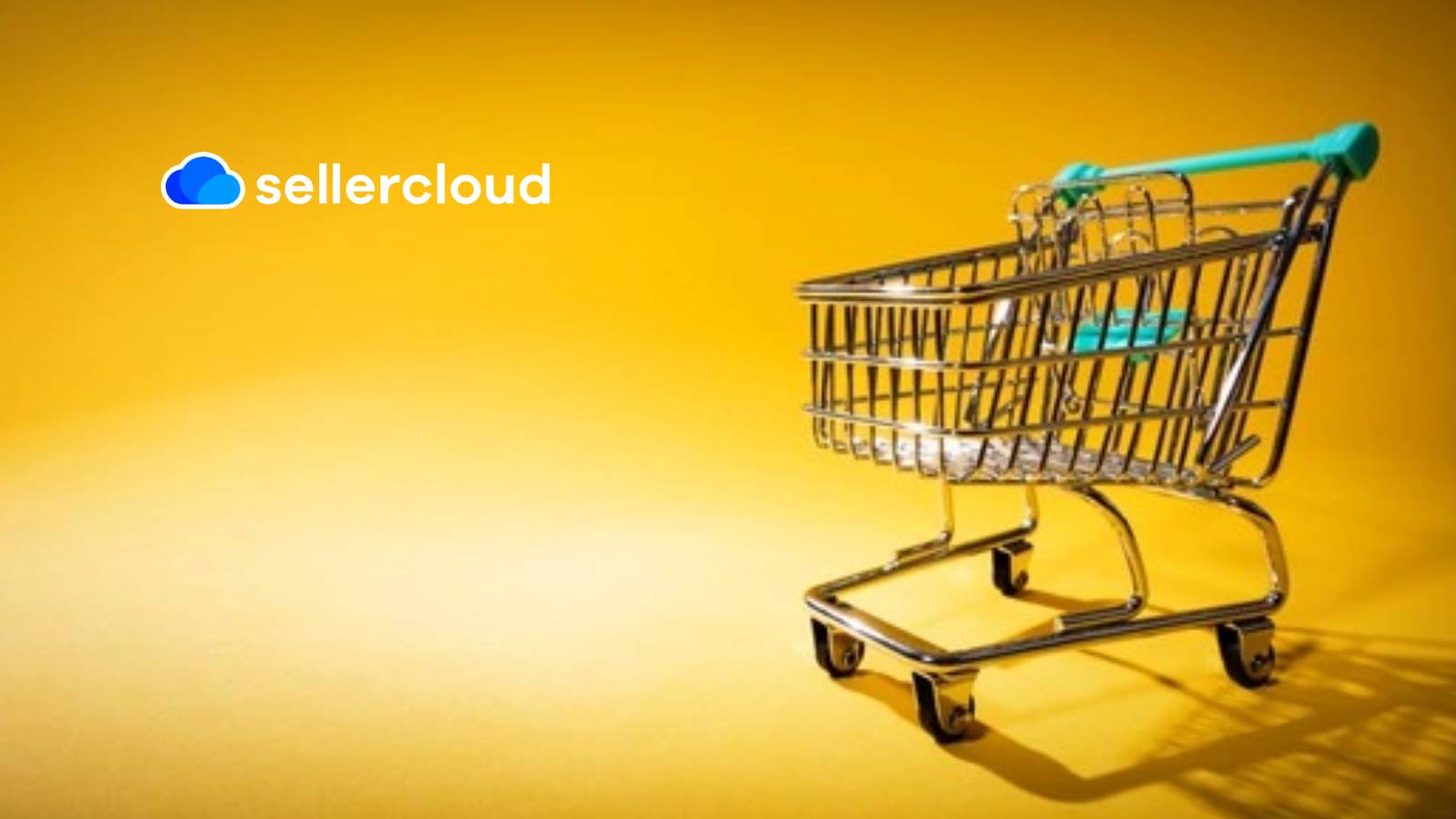Have you ever analyzed if you are brand safe in 2020?
Imagine you’re at a grocery store to pick up apples. You spot a bright red one you like– but directly next to it sits a putrid, rotting apple.
Odds are you’re not going to buy the bright red one, just because of its proximity to the rotten one.
The same principle applies to the content we see online. With the world seemingly moving at a break-neck pace, brand marketers need to be smart about where their messaging goes – and what content it’s ending up next to.
In the pandemic’s early days, we watched brands transition their messaging to calls for unity and safety in these “unprecedented times.” Then, when the Black Lives Matter movement took center-stage, brands across all platforms showed how they’re making meaningful systemic changes. But adjacent to the positive brand messaging is a plethora of non-brand safe content. UGC-based sites like Facebook and Twitter have watched plenty of brands jump ship due to the objectionable content, with both companies facing a boycott from brands concerned about how it handles offensive speech and misinformation.
Brand Safe in 2020: What Marketers Really Think?
Brand marketers have preached for years about the importance of brand safety. And, for good reason. 80% of consumers say they would reduce or even stop purchasing products that are advertised near unsavory content. Brand safety comes down to control and brands are happy to pay a premium to ensure their content is alongside other safe, family-friendly content.
It’s more than just avoiding inappropriate content, too. Brands don’t want to be placed next to direct competitors for fear of muddying their message. They also don’t want their ads adjacent to news of scandals or anything too political (almost all news today). This includes, for example, partisan content that could alienate the brand’s audience or be in direct conflict with a brand’s values.
The best way to ensure brand safety is to aim for a highly viewable inventory that engages people without any risky topics floating around. That could be within the millions of kid-friendly mobile gaming apps, or even in the growing digital out-of-home market, as the US starts to open back up again.
Brand safety has been an issue since at least 1953 – when Phillip Morris cigarettes expressed concern over airing their ads during “I Love Lucy”– a married couple shown sleeping in the same room? Outrageous!
The age of social media and user-generated content, compounded by the deluge of politicized current events, have only made things trickier. The key to staying brand safe is to understand the limitations of the environments into which you’re placing ads. An advertising landscape of truth and transparency will go a long way in making sure your bright red apple isn’t tainted by its neighbors.











